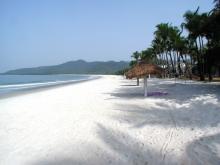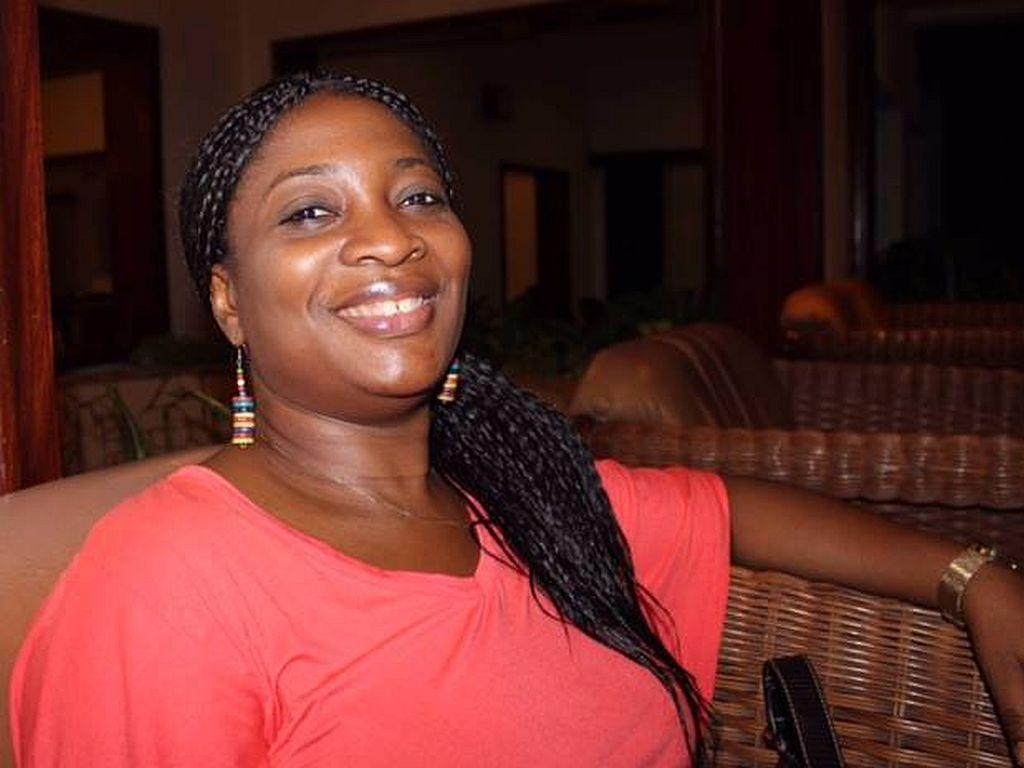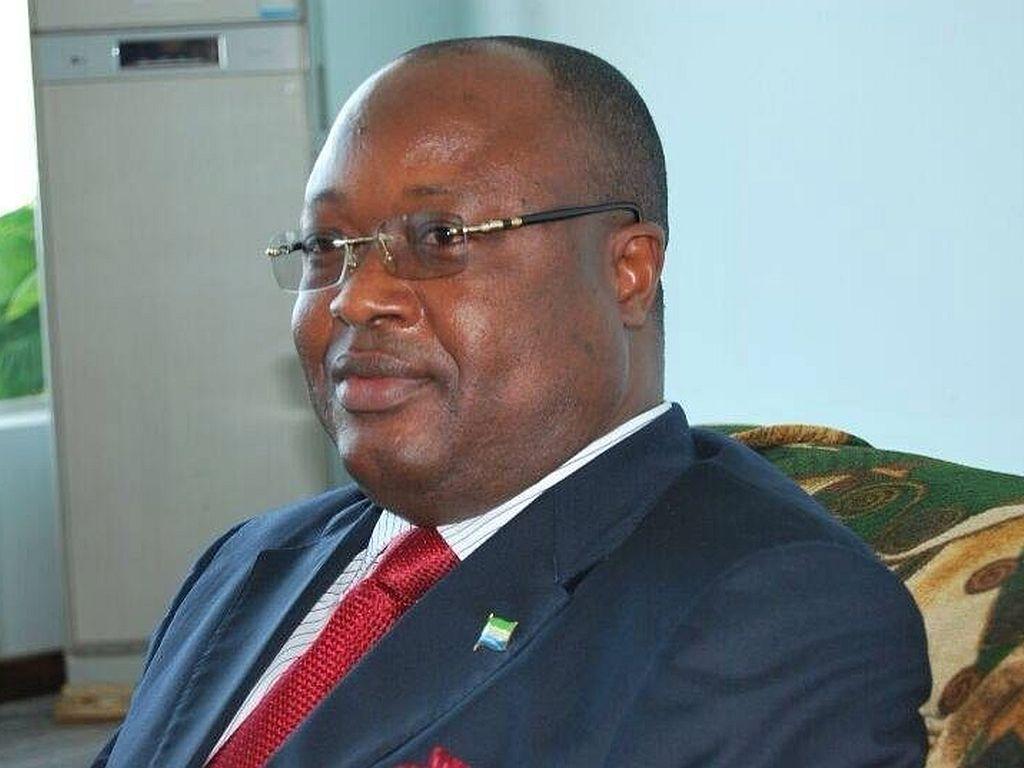By Tanu Jalloh
Often when we discuss land, we tend not to appreciate its integral role in the general economic strata of a functioning society – the village settlements, towns, district headquarters, regions and the country – in this case Sierra Leone.
Today, land acquisition and distribution have become a do-or-die affair. The reasons for this are manifold. They, nonetheless, invariably range from social to political and economic considerations.
The sociopolitical aspect is being dealt with by my colleagues – read Think Tank and Bottom Line. Both, like many hundreds of people constrained by law and basic civility, have had to let go of their hold on small portions of land they had rightfully acquired. Their stories bring out the sociopolitical ramifications of owning and losing a land that could have added some vim to their current economic statuses in society.
Against that background, I am attempting to look at what I have come to refer to as the economy of land: why and how expensive. This sad development is fast creating a society that is confronted by an unnecessarily obstinate class-consciousness inequality in wealth distribution and the attendant pan-cultural race for land ownership. I mean the land grabbing phenomenon.
As a result, indigenes and foreigners alike have been seen arbitrarily laying claims to portions of land, sometimes immeasurable acreages. From the farmer who grows his crops just enough to feed his family in the village to the private owner who seeks to build his two bedroom apartment and the multinationals who trample on the laws to rent the mountains, valleys, creeks and river banks for investment purposes, the considerations are economic.
In most parts of Sierra Leone indigenes consider land ownership as an entitlement that guarantees and keeps, for hundreds of years, their association and relationship with a particular family, village settlement or section of the country. They call it inheritance. Although land ownership in this sense could add to a family or an indigene’s economic status in society, it has also featured prominently in demographic efforts at establishing social groupings and political bases.
Given these scenarios it is safe to say that land, from the basics of economic endeavours, constitutes a major component of an aggregate production effort – whether as private ownership or for industrial purposes. In fact land is foremost in the consideration of manufacturing and of almost any investments, be they large-scale or small-scale. At some stage an individual or group will get to countenance the need for a piece of land and hence the challenges of acquiring it.
About 5.4 million hectares (ha), or 74 percent of the total land area of Sierra Leone, is considered suitable for cultivation. That is according to the UN Food and Agriculture Organisation, which also states that the arable lands in the uplands are estimated at 4.3 million ha, while about 1.1 million ha or 90 percent of the lowland area is considered arable.
However, the organisation observes that the terms ‘arable’ and ‘cultivable’ are misleading, as they imply that reserves are available for further expansion, which is not the case. It is stated that about 600,000 to 660,000 ha (11–12 percent of cultivable land) is currently cropped each year. Despite the fact that vast areas are presently not cropped, the available data indicate that under the existing farming systems, Sierra Leone has reached its capacity, as the need for fallow land is not taken into consideration.
Like the FAO, the Oakland Institute report on land issue in Sierra Leone also observes that a major pillar of the country’s marketing strategy is the message that the country has vast areas of “available”, “unused,” or “under-utilized” land. However, it is unclear what is meant by these terms and whether Sierra Leone’s “cultivatable” land is, in fact, used or unused.
Although this piece is informed by the political economy of land distribution and acquisition in the cosmopolitans, Freetown to be precise, it helps if we get a sense of land use generally in Sierra Leone.
Blame it on the land tenure system? Yes, somehow. The British established and left behind a dual system of land tenure in this country. In the provinces land cannot be bought or sold. According to the existing laws, land is the “property” of indigenous land-owning families who are legally known as “natives” and who hold usufruct rights on it. Thus land is inherited from one generation to another and is controlled by families, villages, townships, clans or chiefdoms, and each family member is entitled to a piece of land for farming.
In the Western Area, which includes the capital, Freetown, and the entire peninsula where the capital is located, land ownership is freehold. This means that land can be purchased and sold (anyhow, by anybody my emphasis). As a result there is a huge scramble for land ownership. Thus while the prices get costlier the process to acquire a piece of land, especially in the west of Freetown, gets deadlier every passing day.
According to surveyors I asked, a town lot in Western Freetown costs between Le15 million to Le120 million depending on the strategic nature of the plot and the commercial viability of its use. And because record-keeping is at its worst at the ministry of lands, to which the minister has confessed, a piece of land can be sold to as many as five people all of whom have their conveyances processed by ministry officials and signed by the minister. Eventually, in this case, the wealthiest of the five people goes ahead and puts up his structure. That is the leverage the rich and powerful enjoy; much against increasing access and tenure for the poor and vulnerable in society.
A 2006 scoping study on land and pro-poor change in Sierra Leone by the British Department for International Development warns that “other costs of doing nothing to address the land tenure and administration challenges in Sierra Leone include ongoing environmental damage around Freetown and to other areas where inappropriate land use combined with weak land use planning will continue to result in widespread degradation. Property prices inflated by high transactional risks will keep land unaffordable for the poor. Developers and financiers will remain wary of using land for investment or collateral. Ongoing land disputes will clog the courts and reduce access to justice by the poor.”
At a January 2013 conference on land use in Africa in Kampala, Uganda, the World Bank disclosed that it had financed more than 60 land projects over the past 20 years to a total of US$ 2.7 billion. It is meant to improve tenure security over communal and individual land, increase efficiency and transparency in land administration services, develop capacity in land administration, resolve land disputes and manage expropriations, increase scope and effectiveness of land use planning and improve public land management.
This is, probably, all Sierra Leone needs to leave behind her counterproductive land use, inequality in land distribution and eventually stop all disputes that characterise land ownership, especially in contemporary Freetown.








